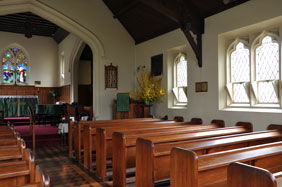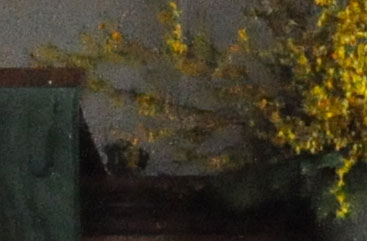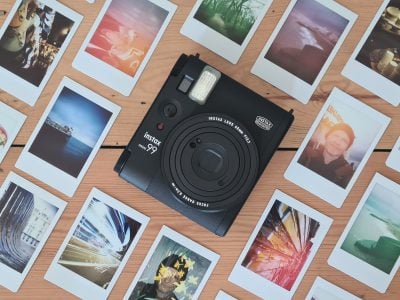Nikon D90
-
-
Written by Gordon Laing
Nikon D90 vs Canon EOS 450D / XSi High ISO Noise
Nikon D90 results continued…

Outdoor resolution / Studio resolution / High ISO Noise / Noise Reduction
| |
 |
To compare noise levels under real-life conditions we shot this scene with the Nikon D90 and Canon EOS 450D / XSi within a few moments of each other using each of their ISO settings.
We tested each camera with their respective kit lenses and adjusted the focal length of each to deliver the same field of view. The lenses were set to f8 in Aperture Priority mode for optimum sharpness. The D90’s High ISO NR and Active D-Lighting were set to their default Normal and Auto positions respectively. Note we will update this review with comparisons against the Nikon D80 and Canon EOS 40D in the near future. These will also show high ISO results with Active D-Lighting off for comparison.
The image above was taken with the Nikon D90 at its base sensitivity of 200 ISO, using the DX 18-105mm VR kit lens at 21mm f8; the original Large Fine JPEG file measured 5.2MB. The crops are taken from the centre and presented at 100%.
The Nikon D90 and Canon 450D / XSi share essentially the same sensor resolution, and as we saw on our first results page, they’re resolving roughly the same amount of real-life detail here. They do however employ different strategies when it comes to noise reduction using their default settings.
Pixel peepers will notice the D90’s crops below exhibit visible noise textures at all but the lowest sensitivity – to be fair it’s subtle at 200 ISO, but it’s there if you’re looking for it. In contrast, the 450D / XSi crops appear smooth and bereft of noise textures until much higher in its range.
What you’re seeing here though is the effect of greater noise reduction on the part of the 450D / XSi. This in turn results in its own artefacts with patchy coloured marks just faintly appearing in the 400 ISO sample and more obviously at 800 ISO and above. This chroma noise becomes quite obtrusive at the 450D / XSi’s maximum 1600 ISO sensitivity and gives it quite an electronic appearance.
As we’ve seen with other recent Nikon DSLRs, the D90 keeps these colour artefacts under check, and while there’s visibly greater noise at 400 ISO upwards, it has a more acceptable ‘grain’ like appearance. It is of course down to personal preference, but we feel the D90’s crops have a more natural look at higher sensitivities, while of course also giving you the chance to apply more noise reduction if you’re finding the texture obtrusive.
Beyond 1600 ISO, the D90 delivers a result at 3200 ISO which is acceptable for emergency use, but the 6400 ISO sample is really a step too far for a 12 Megapixel cropped-frame model. If you need superior output at these kind of sensitivities, you’re looking at a full-frame model like the Nikon D700.
The D90 offers a choice of four High ISO Noise Reduction settings which we’ll demonstrate on the following page, but for now, the High setting will deliver similar output to the Canon at higher sensitivities if you’d prefer a smoother output. So check out our Nikon D90 High ISO Noise Reduction page or head over to our Nikon D90 Gallery where you’ll find additional real-life images across its sensitivity range.
Nikon D90 with Nikkor DX 18-105mm VR |
Canon EOS 450D / XSi with Canon EF 18-55mm IS | |
 |  | |
L1.0 (100 ISO) |
100 ISO | |
 |  | |
200 ISO |
200 ISO | |
 |  | |
400 ISO |
400 ISO | |
 |  | |
800 ISO |
800 ISO | |
 |  | |
1600 ISO |
1600 ISO | |
 |  | |
3200 ISO |
3200 ISO not available | |
 |  | |
H1.0 (6400 ISO) |
6400 ISO not available |




